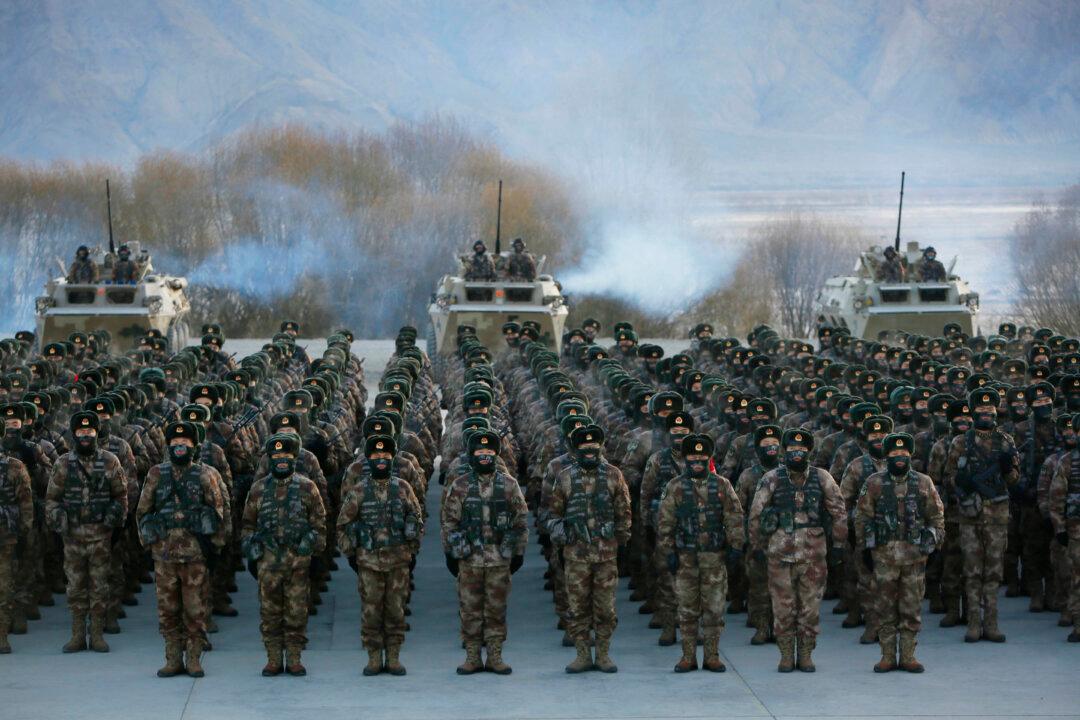News Analysis
The Chinese regime’s military modernization has concentrated on employing new technology. But all wars eventually come down to soldiers fighting soldiers, and the U.S. troops are much better suited to combat than the Chinese.

The Chinese regime’s military modernization has concentrated on employing new technology. But all wars eventually come down to soldiers fighting soldiers, and the U.S. troops are much better suited to combat than the Chinese.